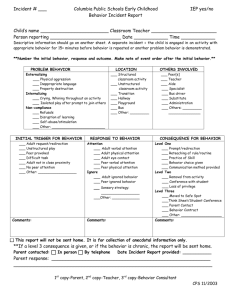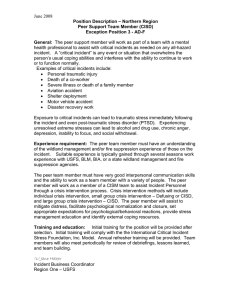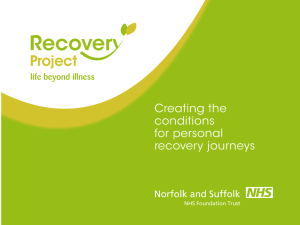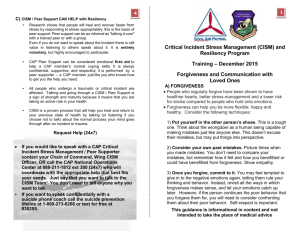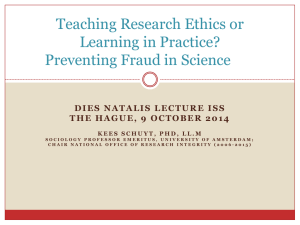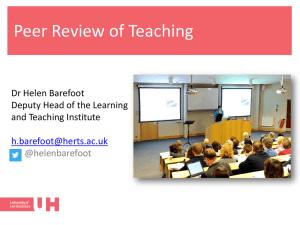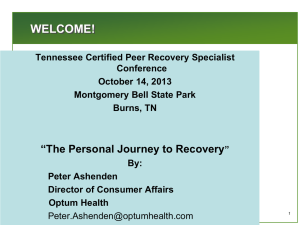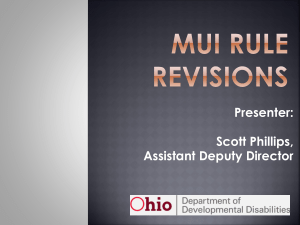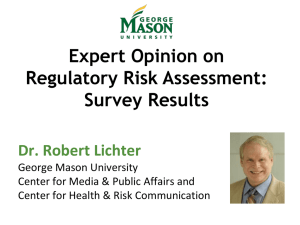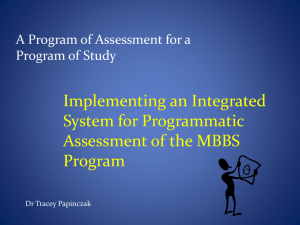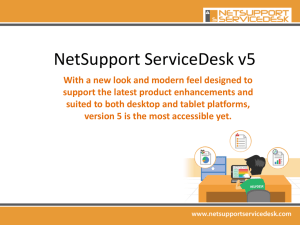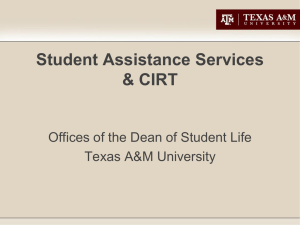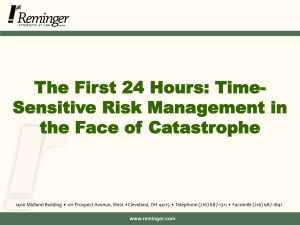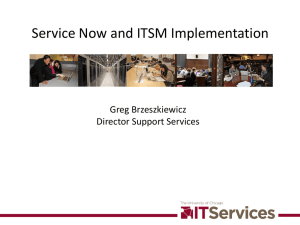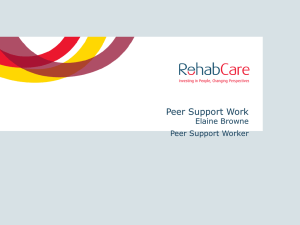Click me to the “CNG Peer Support Program”
advertisement
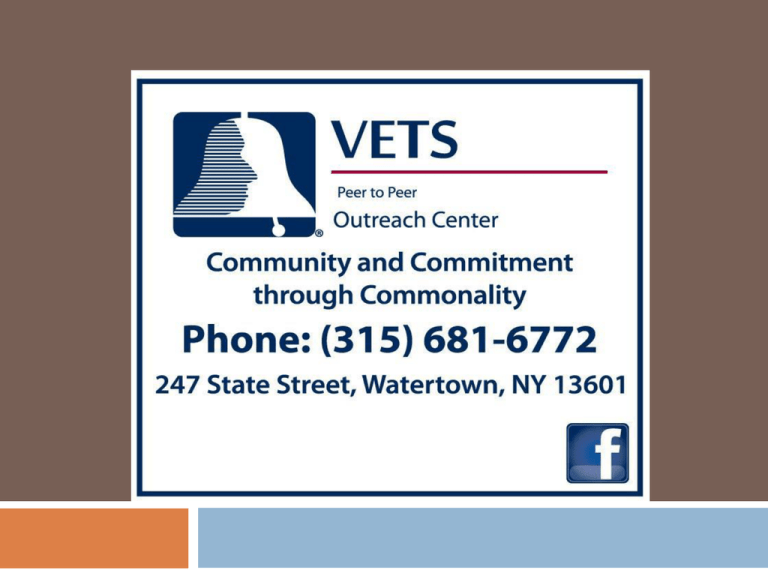
Briefing Agenda Peer Support Program Mission Peer Support History Elements Training: Initial & On-going Confidentiality Program Mechanics & Coordination Safety Net Model Questions Mission Community and Commitment through Commonality The Peer to Peer Outreach Center is drop-in, non-clinical and community based. Our committed staff and trained volunteers provide advocacy, resources and support with life’s circumstances to all Veterans and their families. What Is Peer Support? A process whereby a person discusses a personal issue with a nonprofessional; usually a friend or co-worker. Key Components : Active listening skills Clarifying issues Supporting the person Problem solving process Confidentiality Referral to professional resources and above all: commitment Peer Support History Sustained Combat Operations over 10 years have caused us to look towards alternative means to promote wellness and establish a safety net. Peer Support has been the “standard of care” for modern law enforcement organizations, due to their long term mission. Build towards a safety net, not a tight rope. Key safety net to catch those silent members in crisis. Commonality Comparable experiences Builds trust and credibility to foster beneficial mentoring relationships Promotes overall wellness “Been there, done that” mentality Peer Mentoring Goals Promote wellness Improve coping skills Reduce concerns Foster social networking Referral services Community of Services Care Management / Advocacy Employment Resources & Services Peer Mentoring Services Coordination with community partners Safety Net Model CRITICAL INCIDENT Simply put: Any incident or event in which a persons normal coping mechanisms are overwhelmed. Critical Incidents: The Three Ingredients 1. Intense Emotional Involvement: all your awareness, all your feelings are invested in this moment. 2. Narrow Focus: your range of attention is narrowed down to a fraction of what is normal; therefore, there are changes in the way you perceive the world. 3. There’s A Lot To Lose: there is a lot at stake during the short period of the critical incident (possibly someone’s life, including your own). CRITICAL INCIDENT EFFECTS: Physical Emotional Cognitive Behavioral Spiritual Normal Reaction To An Abnormal Event 85% of all persons exposed to a critical incident will show noticeable signs within 24 hours. Most of the signs will disappear in a short time, within 3 weeks with support. Common Errors in Delivery of Service: After a Critical Incident Criticism, advice, embarrassment, humiliation, bad jokes, false assurances. Segregated and alone, being ignored. “War stories.” Minimizing the incident. What can be done after a Critical Incident ? Support, and listen Explain what procedures will take place Help with notifications Information on the symptoms of Critical Incidents Validation that they are normal A Peer Support Example Questions ?
